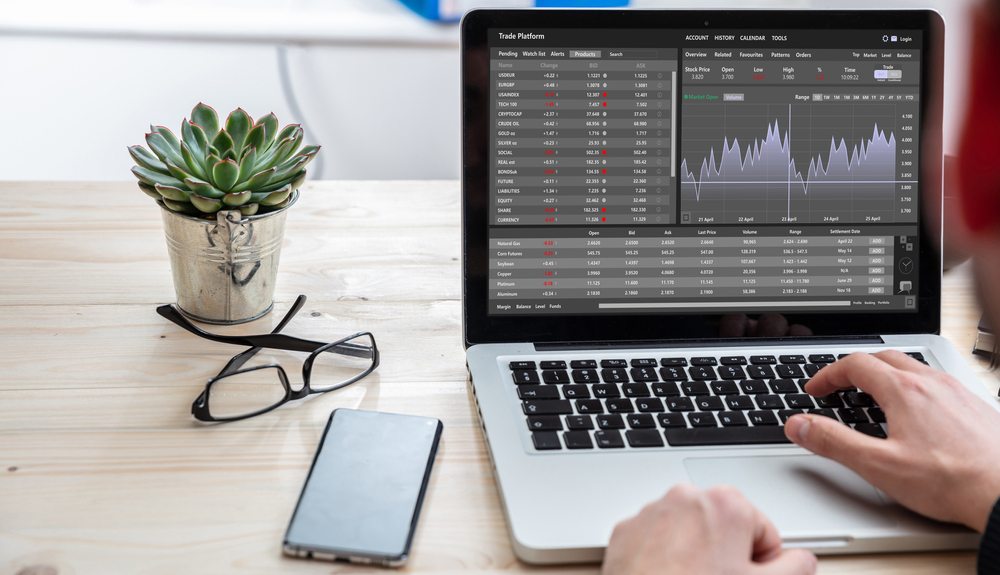
Building and maintaining a firm financial safety net for your later life is necessary to guarantee long-term life satisfaction. The rapid development of retirement market regulations that significantly happened over the recent decades resulted in numerous choices available for managing your retirement funds. One of them that is commonly picked nowadays is the Self-Invested Personal Pension (SIPP). You may be curious to know if a low cost SIPP is the best option for your retirement income and what kind of benefits and risks come within. Read on to discover the answers to your concerns.
Control over when and how much money you want to invest
If you are willing to have more control over your pension, then SIPP is an attractive offer for you. It will give you the ability to manage the allocation of your funds and put in as much money as often as you want for your retirement. As a result, you can expand your investments based on your tolerance for risk.
Complete power to decide which investment products to use
There are numerous investment vehicles that you can pick when you use SIPP. The frequent purchases are:
- Stocks and shares: If you are considering this option, you should be able to identify or analyse the market performance. The higher growth it has, the more significant yield you will receive.
- Corporate bonds: It is usually payments that are given to businesses to support their expansion. They tend to pay back their loans with appealing interest at a predetermined date.
- Health coverage funds.
- Exchange-Traded Funds (ETFs): Investment instruments that are available in any asset of class, from conventional ones to the less popular options, such as currencies or commodities.
- Bank accounts.
- National saving products: income bonds, premium bonds, and index-linked saving certificates.
- Buildings: schools, nursing homes, shops, restaurants, offices, etc. However, SIPP tends to be cautious regarding any potentially harmful assets such as gas stations.
Tax benefit
A SIPP provides significant tax benefits on your savings. You will get a 20% tax break and may be eligible for an additional 25% tax break on SIPP contributions if you are a higher-rate taxpayer.
Those are the advantages that you will get if you are using SIPP. However, you should also be aware of the drawbacks that you potentially have to face. Firstly, you may be required to pay additional costs for the management and maintenance of SIPP. You might also potentially lose a significant amount of funds if you make a wrong decision when managing your SIPP.
With those pros and cons, you don’t have to be afraid of saving your pension in SIPP, as you can always seek advice from a pension transfer specialist to help you make the right strategy and decision, so you will never have to experience the downside of SIPP because they will help you to avoid the risk. Instead, you will be able to expand the treasured possessions you have gained from working over the past years into a bigger asset that you will get benefit from in your retirement years.
 2018 ·
2018 ·